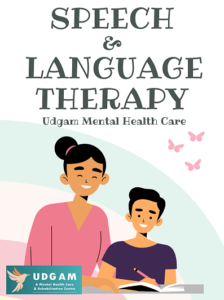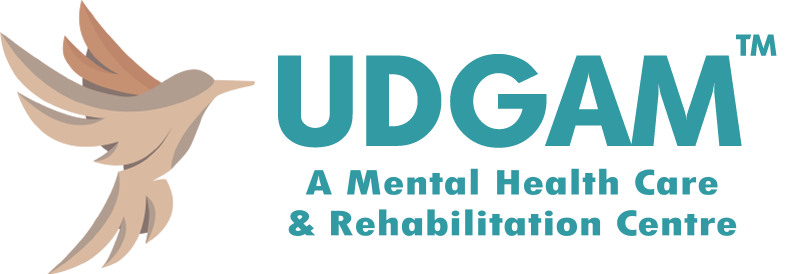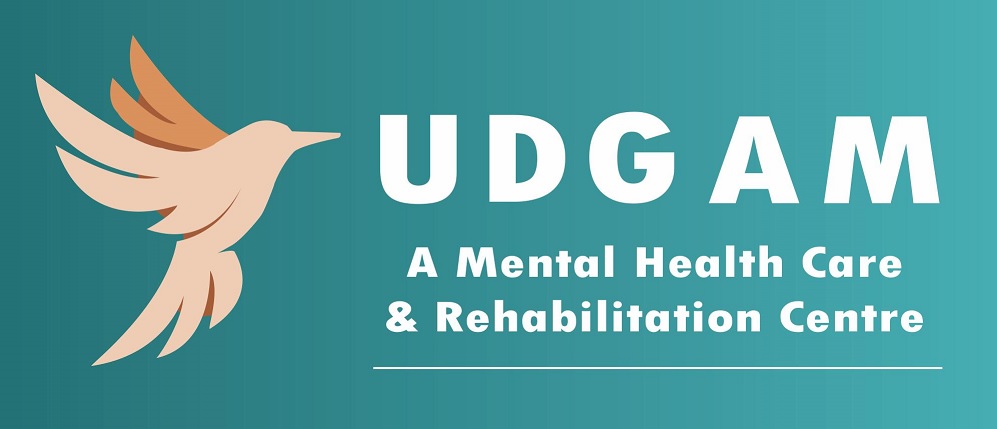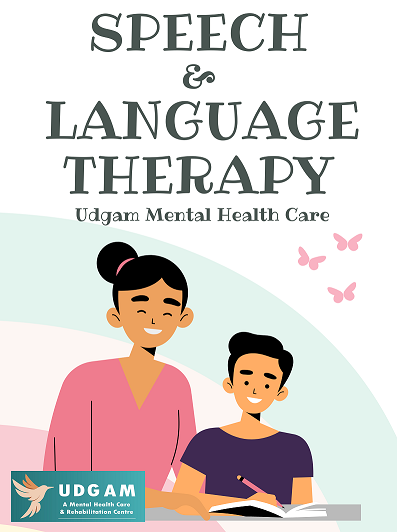Speech and Language Therapy for Children
 In 2024, speech therapy and language therapy for children continue to evolve, incorporating advancements in technology, research, and interdisciplinary collaboration to provide comprehensive and effective interventions. Here's how speech therapy and language therapy for children might be practiced in 2024:
In 2024, speech therapy and language therapy for children continue to evolve, incorporating advancements in technology, research, and interdisciplinary collaboration to provide comprehensive and effective interventions. Here's how speech therapy and language therapy for children might be practiced in 2024:1. Telepractice and Digital Tools: Telepractice has become more prevalent, allowing speech-language pathologists (SLPs) to deliver therapy services remotely using video conferencing platforms and digital tools. This enables greater accessibility to therapy for children in rural or underserved areas, as well as during times of restricted in-person interactions.
2. Personalized Therapy Apps: There is an increase in the use of personalized therapy apps and digital platforms that provide interactive exercises, games, and activities tailored to each child's specific communication goals. These apps can supplement traditional therapy sessions and engage children in fun and motivating ways.
3. Augmented Reality (AR) and Virtual Reality (VR): AR and VR technologies are integrated into therapy sessions to create immersive and interactive experiences for children. These technologies can simulate real-life communication scenarios, providing opportunities for practice and skill development in a controlled environment.
4. AAC Innovations: Augmentative and alternative communication (AAC) systems continue to advance, with new innovations in wearable devices, eye-tracking technology, and predictive text algorithms. These developments enhance the accessibility and effectiveness of AAC for children with severe communication impairments.
5. Early Intervention and Prevention: There is a growing emphasis on early intervention and prevention strategies to identify and address speech and language concerns in children as early as possible. Screening programs in healthcare settings and educational institutions help identify at-risk children and provide timely interventions to support their communication development.
6. Family-Centered Care: Family-centered care remains a cornerstone of speech therapy and language therapy for children, with SLPs actively involving parents, caregivers, and other family members in the therapy process. Parent education and coaching empower families to support their child's communication skills at home and in everyday activities.
7. Interdisciplinary Collaboration: SLPs collaborate closely with educators, pediatricians, psychologists, occupational therapists, and other professionals involved in children's care and development. This interdisciplinary approach ensures comprehensive assessment and holistic support for children with complex communication needs.
8. Culturally Responsive Practice: SLPs prioritize culturally responsive practice, recognizing and respecting the diversity of children and families they serve. Culturally and linguistically appropriate assessment tools and therapy materials are used to ensure that interventions are relevant and effective for children from diverse backgrounds.
9. Evidence-Based Practice: SLPs continue to adhere to evidence-based practice principles, integrating the latest research findings and best practices into their therapy approaches. Ongoing assessment and data-driven decision-making ensure that therapy interventions are tailored to each child's unique strengths and needs.
10. Focus on Functional Outcomes: There is an increased focus on functional outcomes and participation-based goals in speech therapy and language therapy for children. Therapy aims to improve children's ability to communicate effectively in real-life settings, enhancing their social interactions, academic success, and overall quality of life.




